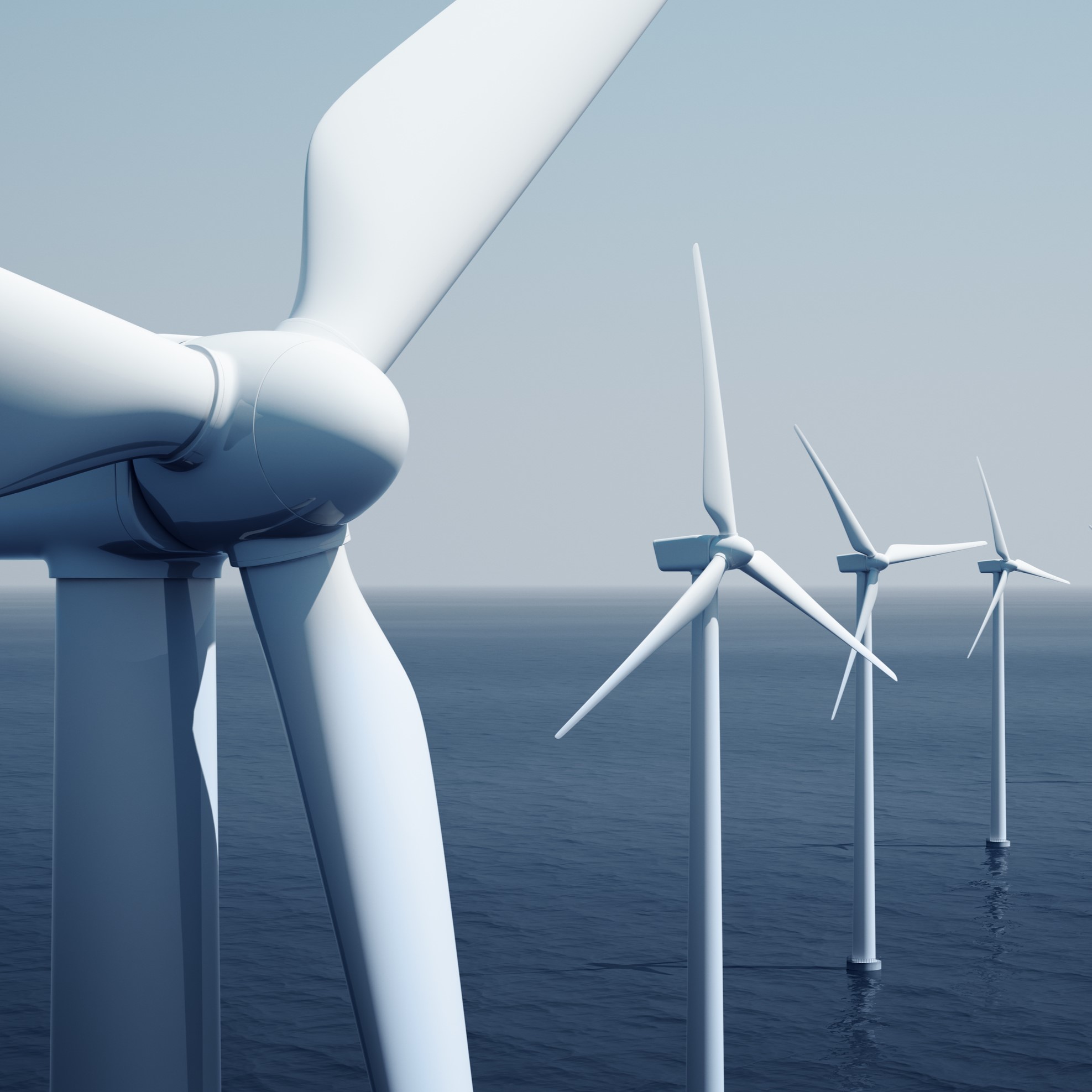05.12.2023
The European Commission’s Wind Power Action Plan of 24 October 2023 – Immediate Actions to Strengthen the European Wind Energy Sector

On 24 October 2023, the European Commission announced a wind power action plan (“European Wind Power Action Plan” – COM(2023) 669 final), which aims to improve the economic framework conditions for wind turbine manufacturers based in the European Union.
Despite the significant increase in expansion figures, the proportion of wind turbines and turbine components produced in the European Union is in sharp decline. The reasons for this include the strong competition from Chinese manufacturers, the duration of national planning and permit procedures, the strong increase of raw material prices and the shortage of skilled labour. These factors lead to considerable planning uncertainty for wind turbine manufacturers.
In order to improve the situation for manufacturers of wind turbines in the European Union and thus their competitiveness, the European Commission has launched a package of immediate actions with the European Wind Power Action Plan announced on 24 October 2023. These measures exist in addition to the existing EU regulations and strategies for the expansion of onshore wind energy. Their implementation requires a joint approach by the Commission, the Member States and the industry.
The measures provided for in the action plan can be summarised as follows:
1. Predictability and transparency / speeding up of permit procedures
The Commission is planning to launch the “Accele-RES” initiative to ensure that the Member States implement the provisions of the Renewable Energy Directive (RED III) to speed up national permit procedures quickly and uniformly.
Another focus will be on the digitalisation of procedures. The Commission plans to make an online tool available this year, including answers to frequently asked questions on the implementation of revised EU legislation on national permit procedures. Revised recommendations for action and a guide to speeding up national permit procedures is also to be published. In addition, expert groups are to identify procedural obstacles and assist Member States in implementing the EU Directives.
To give wind turbine manufacturers and electricity grid operators more planning certainty, Member States are requested to publish longer-term expansion plans. Also auction plans are to be published on a central platform so companies can find information on auctions throughout the EU.
In addition, the Commission intends to develop and present this year a Grid Action Plan for the development of electricity grids, aimed at accelerating the cross-border development of transmission and distribution networks.
2. Improved auction design
The European Wind Power Action Plan also aims to improve the design of renewable energy auctions. To this end, the Commission, in cooperation with the Member States and other key stakeholders in the wind energy sector, intends to develop and publish recommendations and guidelines on how to improve, simplify national tendering procedures for renewable energies, make them more coherent and efficient and thus accelerate the procedures.
In addition, national tendering procedures should be more standardised and harmonised. Particular attention will be paid to cybersecurity and sustainability criteria, environmental standards and transparent supply chains. Strategic procurement standards will be applied to so-called Global Gateway projects to ensure compliance with high environmental, social and governance requirements.
3. Facilitating access to funding
In order to stimulate investment in onshore wind energy, the European Commission also intends to facilitate access to funding for the development of production capacity for wind turbine manufacturers and for the project planning of wind turbines.
Among other things, the resources of the Innovation Fund for the development of production capacity in the clean-tech sector, which also includes the manufacture of wind turbines and turbine components, is to be increased to EUR 1.4 billion. Innovative wind energy projects and pilot projects will also be eligible for support from the fund. In addition, the European Investment Bank (EIB) will significantly increase the granting of subsidised loans for wind energy projects and provide extensive guarantees and securities to secure commercial loans in the wind energy sector.
Member States are also encouraged to make use of the funding opportunities offered by the Temporary Crisis and Transition Framework (TCTF) to promote the manufacture of wind turbines in the EU. Discussions will also be held with investors on how to improve the investment climate for wind energy projects in Europe in general.
4. Ensuring a fair and competitive market
To improve the competitiveness of European wind turbine manufacturers, the Commission is planning to continue to focus on intergovernmental trade agreements that facilitate access to foreign markets and reduce barriers to investment. To this end, European and international standards for the wind energy sector are to be further developed. The Commission also intends to take action against unfair trade practices, using its trade defence instruments where necessary.
5. Further measures
In order to be able to fill the estimated 100,000 additional jobs in the European wind energy sector by 2030, a major education and training initiative is planned, including close partnerships with the Member States and the industry. To promote the coordinated and harmonised implementation of the actions in the Wind Energy Action Plan and other measures, the Commission also plans to work with the Member States to develop an EU Wind Energy Charter.
The measures proposed by the European Commission in its Wind Power Action Plan are an important step towards strengthening the competitiveness of wind turbine manufacturers in the European Union, given the importance of the wind energy sector for the energy transition and the experiences of recent years with disrupted supply chains. The same applies to the intended acceleration of planning and permit procedures and to the initiative to provide for a more coherent legal framework for the wind industry in the European Union.
However, it remains to be seen how effective the Action Plan’s very general measures will turn out in practice. This will depend on how the measures in the Action Plan are implemented in detail and “brought to life”. As these are voluntary measures, the success of the wind power action plan of the European Commission will also depend to a large extent on the cooperation of the Member States in its implementation.
Note: This blog entry was first published in German in EnergieKrise-Aktuell (EnK-Aktuell) on 1 December 2023 (issue 21 / 2023).

Bernhard Burkert, LL.M. (Stellenbosch)
Partner
Berlin
bernhard.burkert@luther-lawfirm.com
+49 30 52133 21279

Dr. Holger Stappert
Partner
Düsseldorf
holger.stappert@luther-lawfirm.com
+49 211 5660 24843

Tarik Bilici, LL.M.
Consultant
Düsseldorf
tarik.bilici@luther-lawfirm.com
+49 211 5660 24695